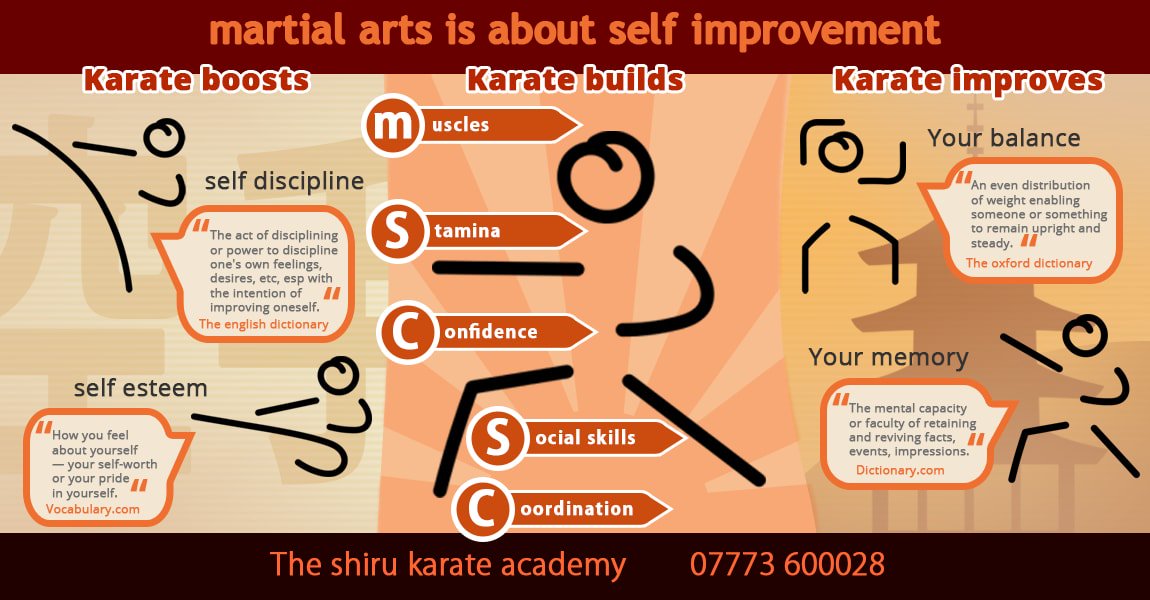The History And Philosophy Of Martial Arts: A Deep Dive
The History And Philosophy Of Martial Arts: A Deep Dive
Blog Article
Published By-McGrath Henson
Step into the old globe where martial arts were substantiated of necessity in diverse areas. Cultures crafted special fighting styles linked with historic contexts. Strategies developed over centuries with committed technique and cultural exchanges. Today, contemporary martial arts mix standard elements for maximum efficiency. Philosophically, martial arts stress discipline, self-improvement, and consistency. Respect, humbleness, and equilibrium are foundational principles directing specialists towards growth and resilience. Check out the midsts of this rich history and approach to discover the profound influences shaping this enduring technique.
Beginnings of Martial Arts
Martial arts came from various areas all over the world, advancing as useful fight systems to prevent dangers. These old fighting styles were developed out of requirement, with each society crafting techniques suited to their unique environments and obstacles. From the grappling arts of Jujutsu in Japan to the striking methods of Martial art in China, martial arts were deeply linked with the historical, social, and social textile of their corresponding cultures.
In Japan, the samurai class polished martial arts like Kenjutsu, the art of the sword, which later on developed into the much more promoted type of Kendo. Meanwhile, in Brazil, Capoeira emerged as a blend of dancing and battle, produced by enslaved Africans as a method to withstand oppression. Each fighting style carries with it a rich history and philosophy, mirroring the values and ideas of the people who exercised them.
As you delve into the origins of martial arts, you discover a tapestry of human ingenuity, resilience, and the stubborn spirit of warriors throughout time.
Evolution of Techniques
Via centuries of method and improvement, combat methods within various martial arts have actually undertaken an extensive advancement. From old designs like Martial art and Martial arts to more contemporary self-controls such as Brazilian Jiu-Jitsu and Krav Maga, the advancement of strategies has been driven by a mix of social influences, useful applications, and technical improvements.
One significant element of this evolution is the cross-pollination of methods between different martial arts. For example, methods from traditional Japanese Jiu-Jitsu were included into the development of Judo by Jigoro Kano in the late 19th century. This blending of styles has caused the advancement of hybrid martial arts like Mixed Martial Arts (MMA), which incorporate components of striking, grappling, and entry techniques.
Furthermore, the evolution of techniques has been formed by the enhancing focus on effectiveness and performance in battle. Practitioners have continually looked for to refine their techniques with rigorous training, testing, and competition, resulting in the development of extremely specialized and effective battling designs. Generally, the advancement of techniques in martial arts reflects the vibrant nature of fight and the ongoing pursuit for enhancement and innovation.
Philosophical Foundations
Exploring the underlying thoughtful principles of martial arts offers understanding right into their core worths and directing beliefs. At best krav maga near me of lots of martial arts techniques is the principle of self-control itself. By educating your mind and body to act as one cohesive system, you grow self-control that prolongs beyond the dojo or health club right into daily life. This discipline includes regard, humility, and self-control, shaping not simply your physical abilities yet likewise your character.
martial arts gi in martial arts is the idea of continual self-improvement. The trip of grasping a martial art is never-ending, with experts continuously making every effort to better themselves, both physically and emotionally. This concentrate on growth fosters strength, determination, and a development state of mind that can be applied to all elements of life.
Moreover, martial arts emphasize the significance of harmony and balance. Techniques are designed to use an opponent's energy versus them, highlighting the principle of yielding and rerouting pressure rather than fulfilling it head-on. This viewpoint reaches social relationships, promoting tranquil resolutions and good understanding. By accepting these philosophical structures, martial musicians not just boost their fight skills however additionally cultivate a way of life fixated individual development, respect, and consistency.
Final thought
In conclusion, the background and approach of martial arts offer an abundant tapestry of tradition, technique, and self-improvement.
Consider example the tale of Bruce Lee, who changed martial arts by mixing various designs and approaches to create his own distinct type of Jeet Kune Do.
Through dedication and advancement, martial artists remain to push borders and inspire others to reach their complete potential both in fight and in life.
